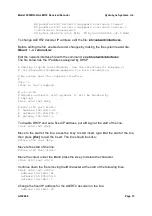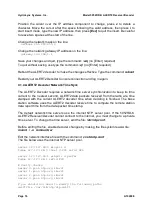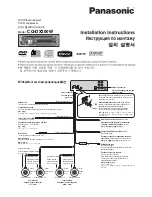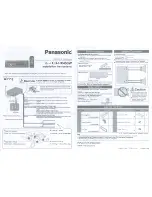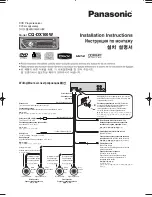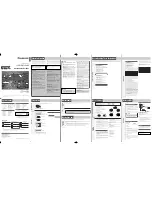
Model 5052RD-K ALERT2 Receiver/Decoder
HydroLynx Systems, Inc.
A102688
Page 27
If the gateway does not respond check the network cable, router, or firewall.
!
Type the command ping with the 8.8.8.8 IP address to verify connection to the internet.
Press [CTRL-C] to quit the test.
ping 8.8.8.8[Enter]
PING 8.8.8.8 (8.8.8.8) 56(84) bytes of data.
64 bytes from 8.8.8.8: icmp_req=1 ttl=56 time=5.54 ms
64 bytes from 8.8.8.8: icmp_req=2 ttl=56 time=5.57 ms
64 bytes from 8.8.8.8: icmp_req=3 ttl=56 time=5.62 ms [CTRL-C]
[CTRL-C]
If the 8.8.8.8 IP does not respond check the router or firewall.
5.3 ALERT2 Data Out
!
Connect a terminal program to the SERIAL DB9 female ALERT2 connector at 19,200
baud, no parity, 8 data bits, 1 stop bit, no flow control.
!
Initiate an ALERT2 transmission to the receiver.
!
Verify that the front panel ALERT2 LEDs flash on then off.
!
Verify that the ALERT2 decoder output ASCII format strings starting with P and N are
displayed.
5.4 ALERT2 Data Log
The ALERT2 Decoder ASCII output is written to log files on the SD card.
!
Connect to the ALERT2 Decoder CONSOLE through the network using SSH or with
a terminal program on the SERIAL DB9 male CONSOLE connector at 115,200
baud, no parity, 8 data bits, 1 stop bit, no flow control.
!
Login as root, with password alert2 (or use changed password).
The SD card file system folder name is: /mnt/sd.
!
Go to the SD card folder and list the log files with the commands
cd /mnt/sd[Enter]
ls[Enter]
20170427_0000_DEFAULT_20170417_2220
20170428_0000_DEFAULT_20170417_2220
20170428_2244_DEFAULT_20170428_2244
A new log file is created every day at 00:00:00 UTC and when the ALERT2 Decoder is
rebooted. The log file names are:
YYYYMMDD_HHMM_DEFAULT_ YYYYMMDD_HHMM
Where the first YYYYMMDD_HHMM is the year, month, day, hour, and minute the file
was created, and the last YYYYMMDD_HHMM is the year, month, day, hour, and minute
the file was closed.
The log files contain lines in the ALERT2 Decoder ASCII format types P, N, and S. For
example:



